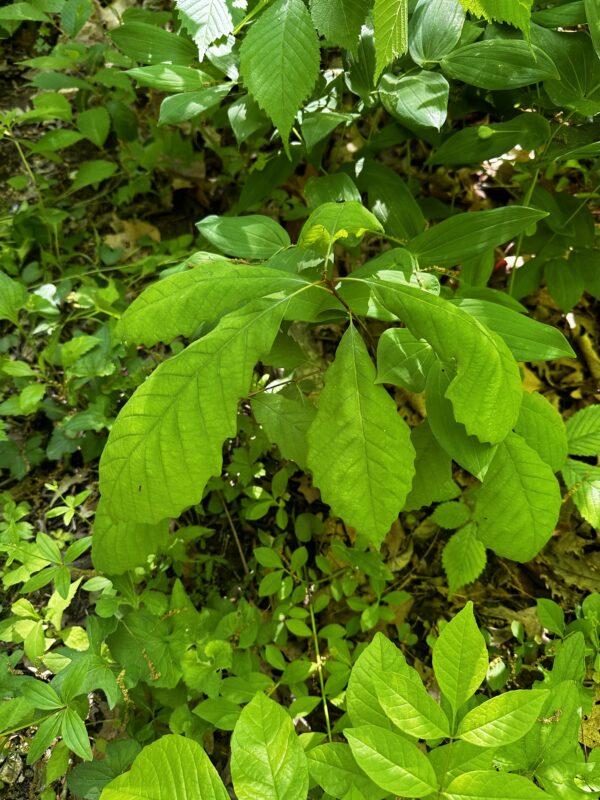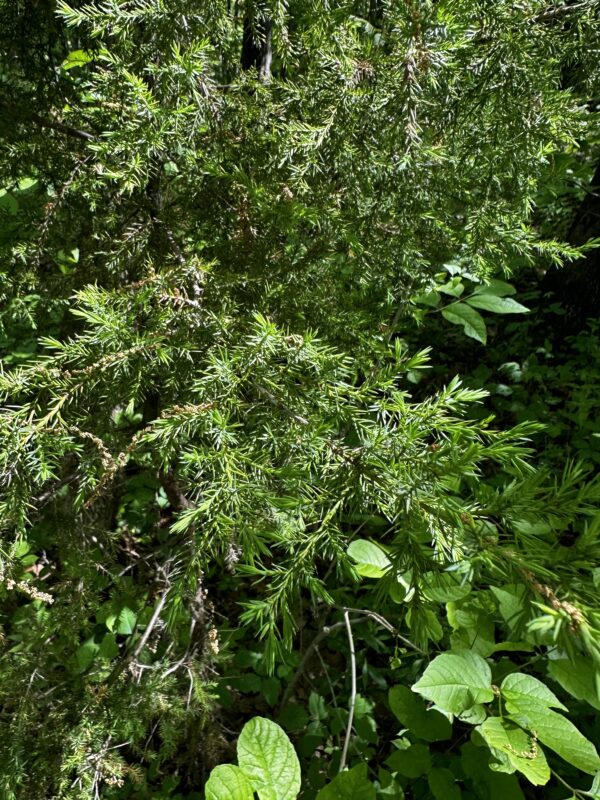Geobotany
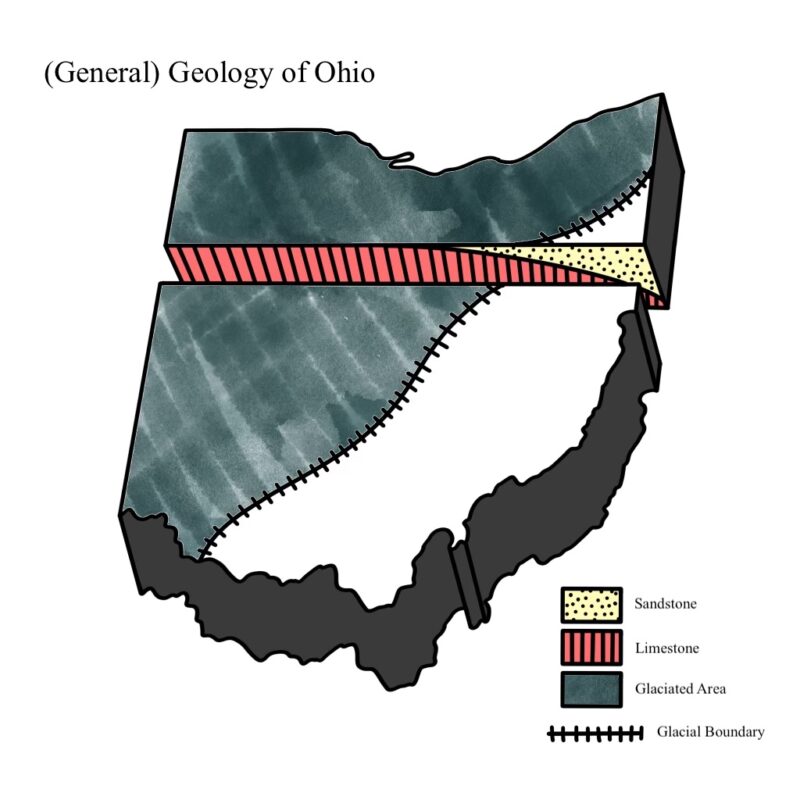
The geology of the state of Ohio can be generally divided into two parts. The western half of the state is underlain by limestone, which is not very resistant to erosion. This has caused the western part of the state to become mostly flat land. The eastern half, on the other hand, is composed of a layer of sandstone that covers a deeper layer of shale. Sandstone is much more resistant to erosion than limestone or shale, which caused the characteristic hills and valleys of eastern Ohio.
The reason for the contrast of rock types in the state of Ohio is not difficult to understand. Initially, three layers were present: sandstone, shale, and limestone. Approximately 200 million years ago, pressure began to build up, causing the formation of a low arch, with the highest point being in the western half of Ohio and the lower parts being in the east. An ancient, pre-glacial river called the Teays eroded valleys in the eastern part of the state for about 200 million years until the advance of the glaciers of the Ice Age.
As the glaciers advanced through the state, they were slowed down immensely by the deep valleys that had been previously formed. Because of this, the glaciers were not able to advance any farther south than the latitude of the present-day city of Canton, Ohio in the eastern half of Ohio. When the glaciers melted, they deposited a layer of sand, silt, clay, and boulders called till over the glaciated half of the state.
The western portion of Ohio has a substrate that is composed mostly of limey, clayey till that provides an impermeable soil that has poor drainage and aeration, but an abundance of nutrients. Some species that are generally limited in distribution to areas with limey substrates, such as the Erie islands, include hackberry, blue ash, chinquapin oak, hop hornbeam, and fragrant sumac. Some species are limited to areas with more limey and clayey substrate, such as sugar maple, beech, red oak, shagbark hickory, and white oak. The eastern portion of Ohio has a very permeable sandstone-based substrate, which is low in nutrients and acidic. Some species that are limited to this type of substrate include chestnut oak, sourwood, hemlock, scrub pine, and mountain maple.
Some species are only found on one half or the other. The sweet buckeye, for example, is only found outside of the glaciated area. Hemlock, on the other hand, is found in eastern Ohio in glaciated and non-glaciated areas due to its preference for cool, moist environments.
The rhododendron is believed to be a part of the mesophytic association. Scientists believe that the rhododendron started out in the Appalachian highlands and eventually migrated down the ancient Teays river.
Limestone-Loving Species of Batelle Darby Metro Park
American Hackberry – Celtis Occidentalis
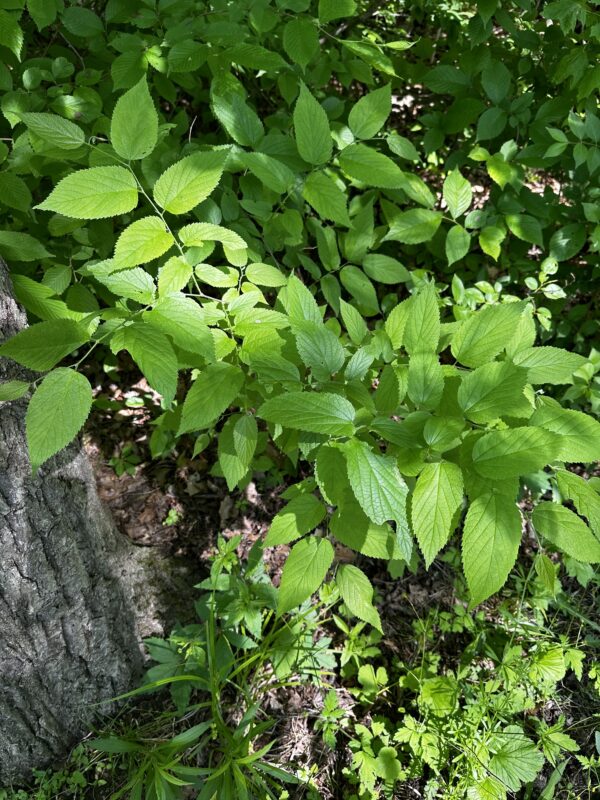
Blue Ash – Fraxinus quadrangulata
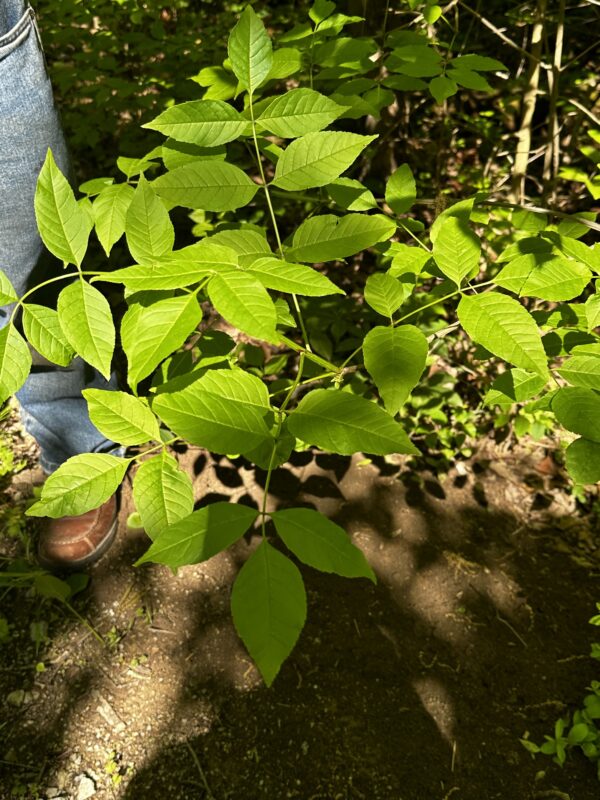
Fragrant Sumac – Rhus aromatica
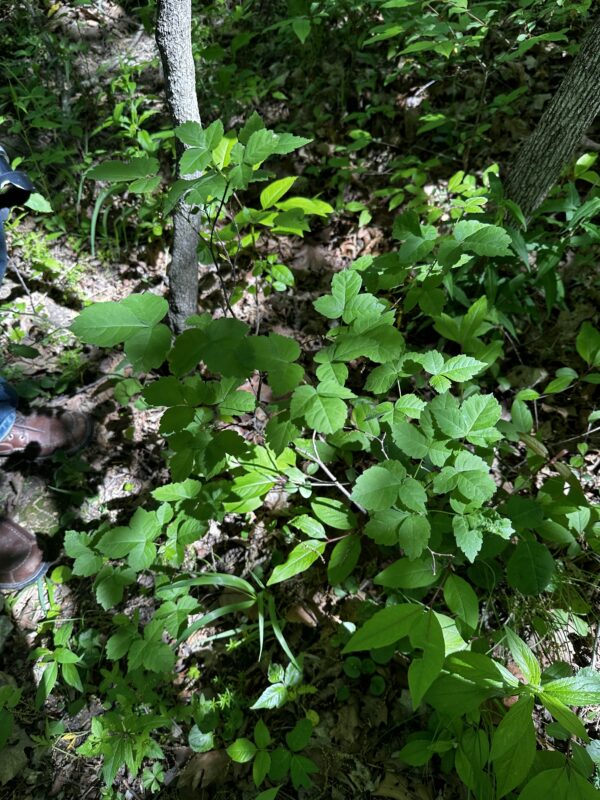
Red Cedar – Juniperus virginiana
Invasive species (boo! hiss!)
Amur Honeysuckle – Lonicera maackii
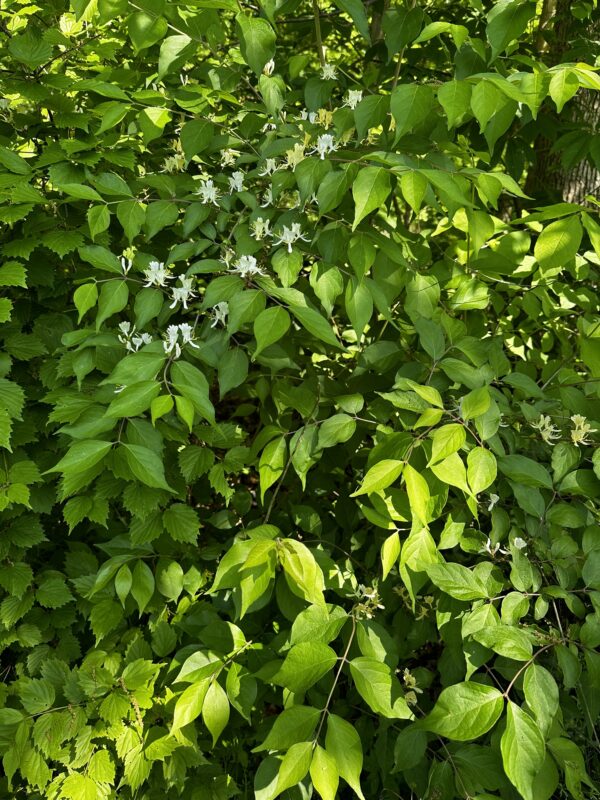
Garlic Mustard – Alliaria petiolata
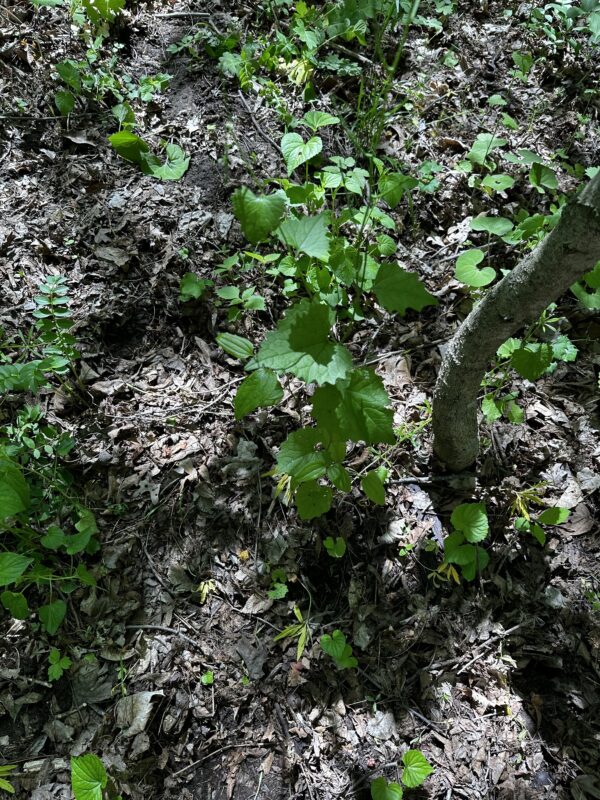
White Oak vs Chinquapin Oak (Quercus muehlenbergii)
Both the white oak and chinquapin oak have an alternate leaf arrangement. These species can be differentiated by the differences in their leaf margins. The chinquapin oak has margins that are scalloped, or crenated, and the white oak has lobed margins with 7-9 rounded lobes.
Both species are monoecious, meaning they have both male and female reproductive organs on the same plant.
White Oak – Quercus alba
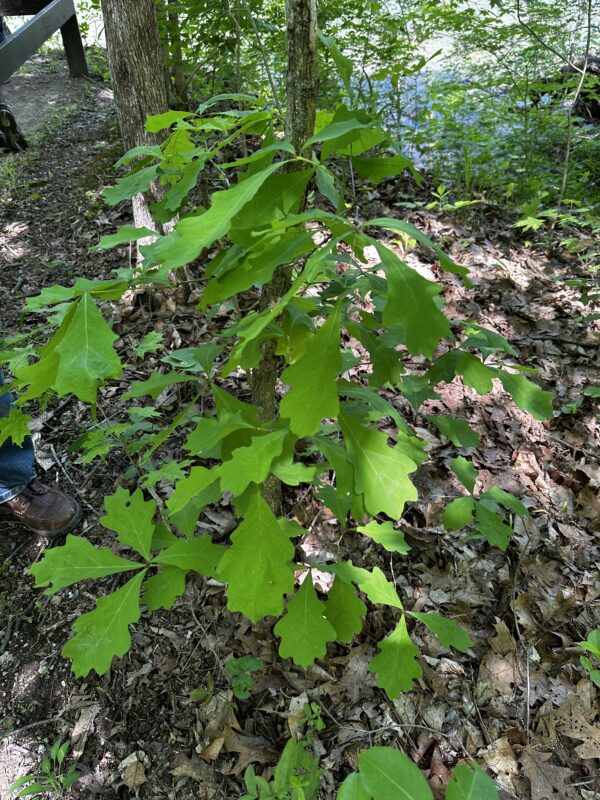
Chinquapin Oak – Quercus muehlenbergii
